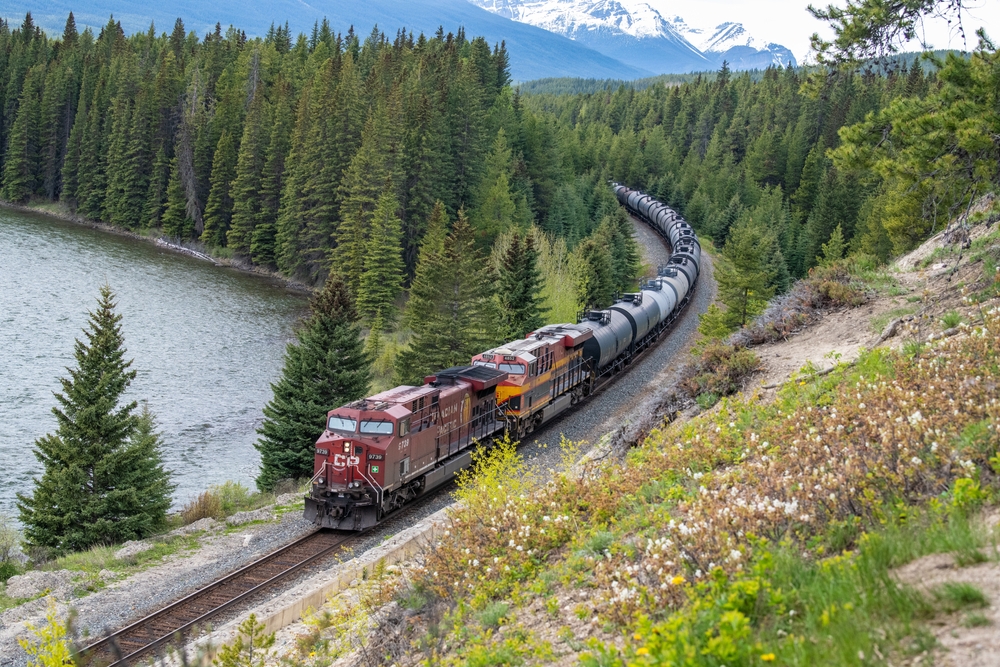The Impact of a Canadian Railroad Strike

 In 2022, we published a blog post titled “It Will Take Days to Recover from Even a Single-Day Rail Strike,” which highlighted the impact that a rail strike can have on a railroad network, and therefore, supply chains, businesses, and the economy at large. Now, in late August, 2024, as we face the potential of railroad strike in Canada, the concerns and consequences remain just as severe, if not more so.
In 2022, we published a blog post titled “It Will Take Days to Recover from Even a Single-Day Rail Strike,” which highlighted the impact that a rail strike can have on a railroad network, and therefore, supply chains, businesses, and the economy at large. Now, in late August, 2024, as we face the potential of railroad strike in Canada, the concerns and consequences remain just as severe, if not more so.
The Canadian rail system is a critical artery for the movement of goods, with billions of dollars worth of freight relying on its smooth operation. A strike could halt this flow, causing significant disruptions not just in Canada, but across North America. Supply chains that are already strained could face even greater challenges, leading to delays, shortages, and increased costs.
In the prior post, we demonstrated how we can use a network fluidity model that we developed to simulate the impact of a disruption. Typical disruptions are things like severe weather events and major holidays. The models focus on the recovery time needed for the network to return to normal operations. In that model, things like a holiday shutdown or a geographic weather event are not nearly as severe as a strike would be. Yet the impact of a single day event can be felt up to seven days later. A strike could have a substantially larger and longer impact on recovery.
Since our previous discussion on this topic, a new and valuable resource has emerged to help stakeholders better understand and navigate these disruptions. Railstate, a company that specializes in providing real-time visibility into rail network operations, has been offering insights into what happens when such a critical infrastructure comes to a standstill. In a recent post titled “What It Looks Like When $1 Billion Worth of Goods Stops Moving,” Railstate outlined the potential fallout of the looming strike in Canada. Their data-driven approach provides a clearer picture of the immediate and long-term effects on the supply chain.
Railstate’s technology offers a new level of visibility, allowing companies to monitor rail traffic in real time and make more informed decisions about their supply chain strategies. This capability is particularly critical in the context of a potential strike, where every moment of halted movement translates to significant financial and operational repercussions.
At First Analytics, we understand the importance of preparedness in the face of such disruptions. Our work in Forecasting and Supply Chain and Transportation analytics is designed to help businesses anticipate and mitigate the impacts of events like these. By using advanced analytics, companies can develop strategies to minimize disruption, optimize their logistics operations, and maintain resilience in the face of uncertainty.
As the situation with the potential Canadian rail strike unfolds, we encourage businesses to stay informed and proactive. The tools and insights available today, including those from Railstate and our own analytics offerings, provide the opportunity to manage these challenges more effectively than ever before.
Disclosure: nearly all of this post was written by an AI, with human prompting end editing. Check out our generative AI disclaimer.